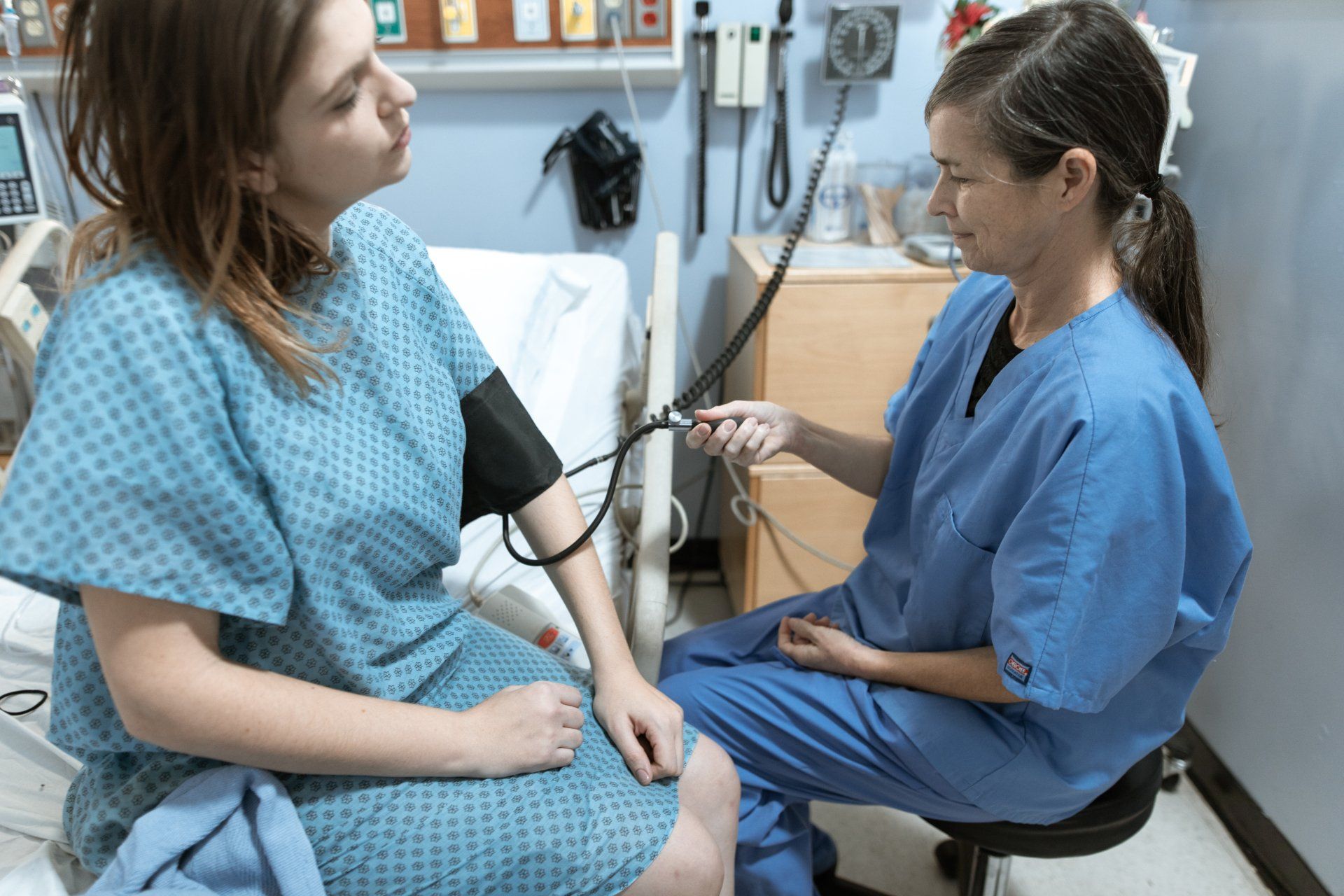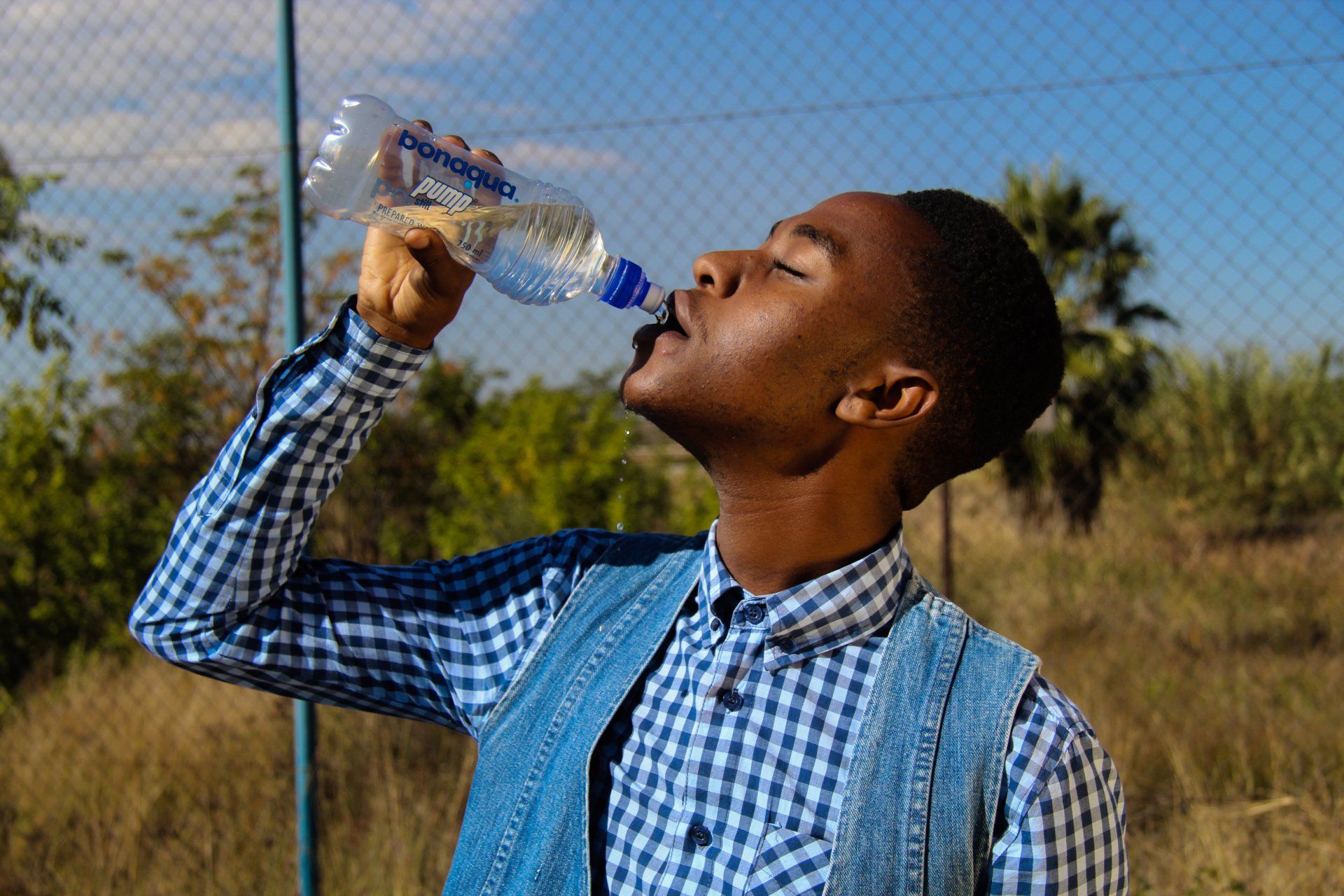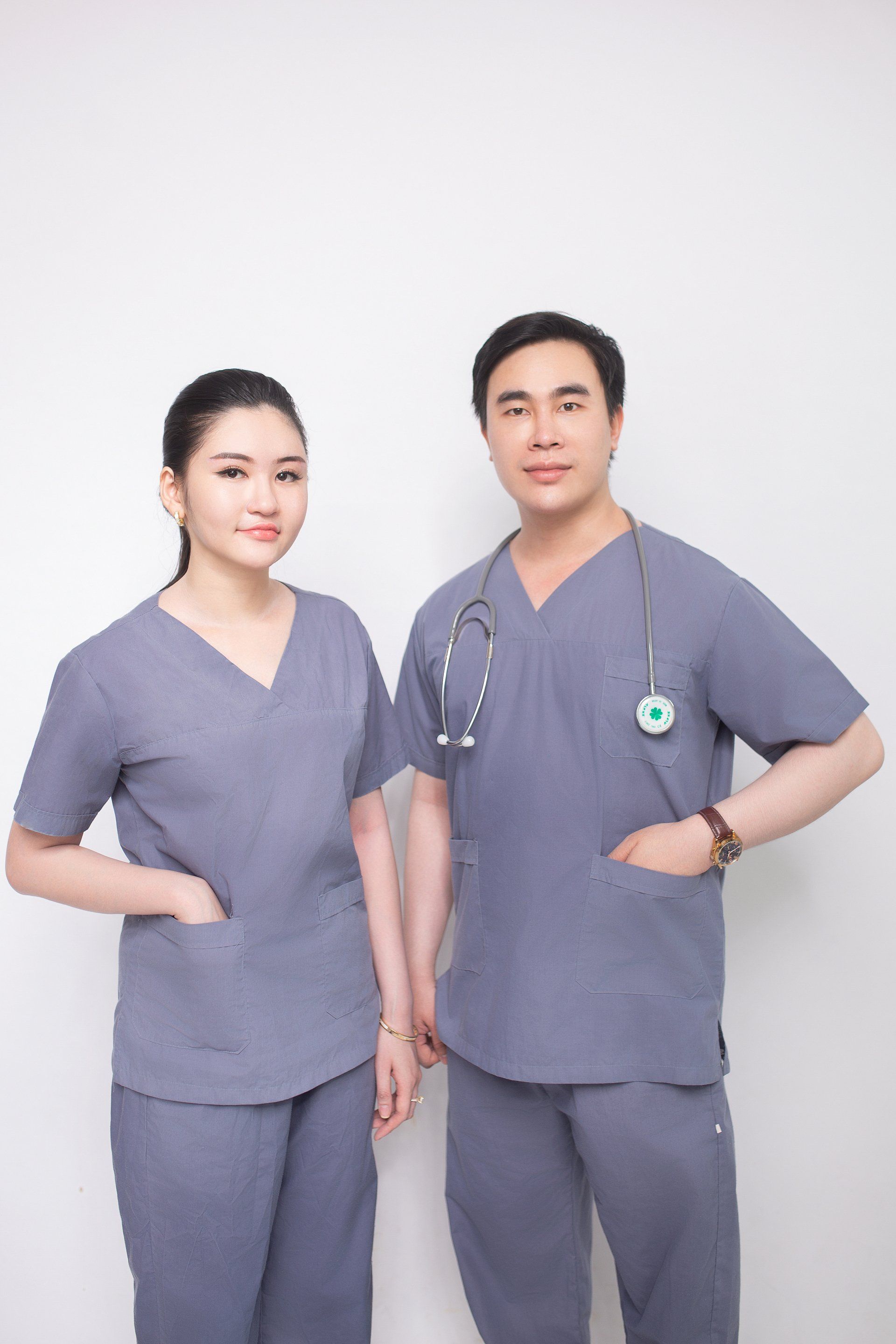RSV: Top 3 Ways to Care for Your Baby at Home

The news is filled with stories about the alarming increase in ER visits and hospitalizations due to a specific virus - Respiratory Syncytial Virus (RSV). For most older children and adults, RSV causes cold-like symptoms. However, for infants and toddlers, RSV can ‘settle’ further down in the lungs, causing bronchiolitis and/or pneumonia.
Read on to discover the top 3 ways you can care for your sick baby at home.
Note - Your pediatrician’s office can offer personalized guidance on what to expect and when to seek professional help for your child. The remainder of this article is intended to give general information and is not medical advice. If you are concerned about your baby’s symptoms, seek professional medical care.
What is bronchiolitis?
Bronchiolitis is inflammation of the smallest airways where gas exchange takes place. Infants and toddlers already have pretty small airways, so it doesn’t take much for those airways to get blocked. RSV and several other viruses can cause this infection.
Symptoms of bronchiolitis in infants and toddlers include:
- Fussy, difficult to console
- Runny nose
- Coughing
- Decrease in appetite
- Decrease in activity
- Poor sleep or sleeping more than usual
- Sneezing
- Fever
- Wheezing
The symptoms typically last about 5-10 days; Days 5-7 are usually the ‘worst’ days for your baby’s symptoms. Healthychildren.org gives a great overview of symptoms that need professional attention.
Top 3 Ways to Care for your Baby with Bronchiolitis
1. Suction
Suction, suction, suction! Keeping your baby’s upper airway (Nose, mouth, throat) clear of mucus is the most helpful thing you can do. A clear airway allows more air to move into the lungs. More air in the airways = more oxygen for gas exchange!!
Suction Devices
The devices used to suction are officially called nasal aspirators. The three most common are:
- Bulb suction.
- Did you keep the blue bulb thing you got at the hospital? Watch this quick video on how to use the original ‘baby booger getter.’
- Electric suction devices.
- These use battery power to create suction. Brand options include Braun and Watolt
- Parent-powered devices
- NoseFrida is the most well-known brand, but there are several different types available
- Basically, these are flexible straws that let you suck out your baby’s mucus. The concept is gross, but they are all designed with filters and barriers to keep the snot from getting to the adult.
Of all these options, the parent-powered ones are the most effective. As a nurse and mom, I personally attest that the amount you can suction is the closest thing to the wall suction used in the hospital.
Key points for suctioning at home
- Swaddle: everyone loves a good baby burrito. Most of the time we say not to put their arms in so they can get to their face, but that won’t help here. Put those arms down straight on their sides and wrap ‘em up tight! (Obviously, undo your swaddle after you’re done suctioning.)
- Saline drops: a couple of saline drops in the nostril will help loosen up the mucus and make it easier to suck out. These are available in the infant care aisle.
- Timing: Suction before each feeding. This allows your baby the best chance of getting as much nutrition in before they tire out from trying to eat or drink. When they are not eating, suction as needed to keep their little airways clear.
2. Fluids
Feed Smaller amounts, but offer more times per day
Dehydration is the main reason infants and toddlers are hospitalized when they get sick. Your child is using more energy than normal just to fight the infection and breathe.
If your baby usually eats every 3-4 hours, try offering ½ their usual feeding amount at the 2–3-hour mark. You can always prepare more breastmilk or formula if needed.
For older infants and young children - make sure that liquids are readily available and that you are offering them at least a few times an hour. Offer easy-to-eat foods that your child likes.
Watch for wet diapers
Your baby should continue to make wet diapers even when they are sick. If the diaper has been dry for more than eight hours, you need to call their pediatrician or seek other medical help.
3. Hand Hygiene
We’re all well versed in hand-washing and other infection control measures almost 3 years into the pandemic, but the importance cannot be understated.
Wash your hands often and wash them well!
Hand Washing is the number one way to prevent the spread of viruses and bacteria to others - just do it!
Wrap-up
Any time your child is sick is scary for parents; bronchiolitis is no exception. However, even the best parental care won’t keep all children out of the pediatrician's office, urgent care, or ER. If you are concerned about your child, call your child’s doctor or seek other medical care immediately. Trust your instincts - you have them for a reason.
For infants and children that are sick, but not sick enough to be hospitalized, here are the top 3 things you can do to support your child through bronchiolitis:
- Suction: Use a parental suction device for the best results.
- Fluids: Offer smaller amounts more times during the day.
- Hand Hygiene: Wash often and use hand sanitizer when soap/water are not available.
Take a deep breath and know that your infant will feel better in a few days. You’ve got this!
References
https://www.washingtonpost.com/health/2022/10/21/rsv-spread-explained/
https://www.cdc.gov/rsv/about/transmission.html
Author Bio:
Joleen Sams is a Family Nurse Practitioner with over 15 years of experience in the healthcare industry. Her areas of expertise include NICU, pediatrics, and mental health. She strives to provide insightful and educational information to her audiences.
Thank you for reading Patient Education Essentials, the Write Shift RN blog.
Disclaimer: This article was written as a guest post for Write Shift RN LLC's blog. The information in it may not be wholly fact-checked or edited, allowing the reader to see the writer's work and skills firsthand.
This information is not intended as medical advice. It is for informational and educational purposes only. Always talk to your doctor or other qualified healthcare providers about any questions or concerns you may have regarding medical conditions.











